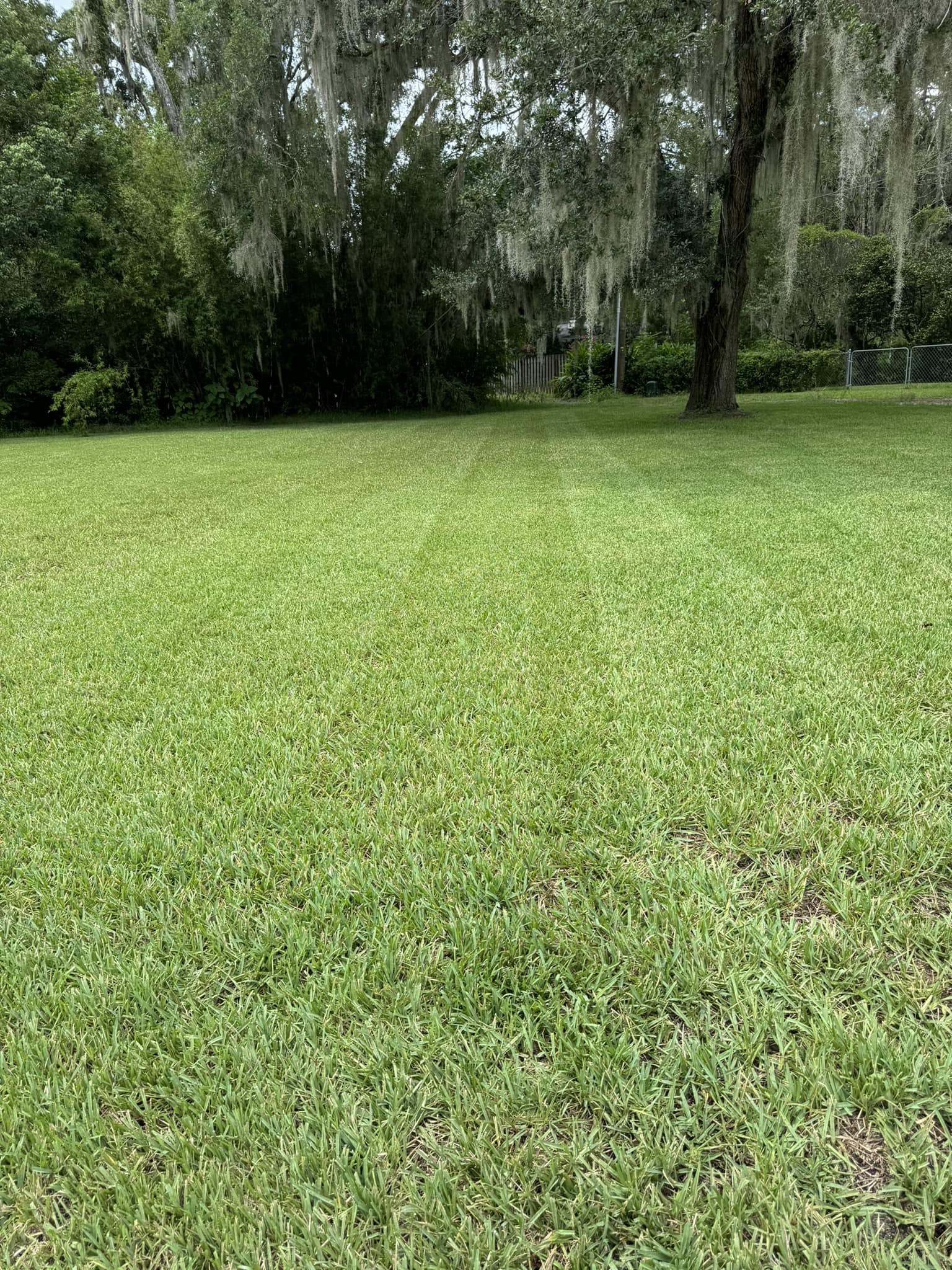
Designing Your Dream Outdoor Space: Tips for Combining Landscaping and Hardscaping Oct 20, 2025
When designing your outdoor space, start with a clear vision. Understanding the purpose of your space will influence the balance between landscaping and hardscaping. Do you want a tranquil garden retreat, a vibrant entertainment space, or a low-maintenance area? Defining your needs will facilitate decisions throughout the design process.
Begin with landscaping, which forms the foundation of your outdoor design. The vitality brought by plants, shrubs, and trees creates an organic connection with nature. Choose plants that are well-suited to your climate and take into account the maintenance requirements each will entail. Native plants are an excellent choice, as they often require less water, fertilizer, and overall care.
Consider using a variety of plant sizes and colors to add depth and interest. Layering different heights, such as placing taller plants at the back and shorter ones in the front, helps create a dynamic and attractive landscape. Also, think about adding seasonal plants to ensure your garden remains vibrant throughout the year.
Once your landscaping groundwork is laid, it's time to incorporate hardscaping to add structure and function. Hardscaping involves non-plant elements such as patios, walkways, walls, and fire pits. These elements bring order and usability to the lush backdrop created by the landscape.
When integrating hardscape elements, opt for materials that complement the environment. Stone, brick, and wood are popular choices that can enhance the natural feel of your space. For instance, a flagstone path can guide visitors through your garden, while a wooden pergola can provide shade and a charming focal point.
Ensure that your hardscape design is cohesive with the natural elements of your landscaping. Balance is key, so avoid overloading your space with too many hard features. Consider the scale of your design. Small yards might benefit from raised flower beds and compact patio designs, while larger spaces can incorporate expansive decks and winding pathways.
Functionality is as crucial as aesthetics. When planning hardscape features, think about their utility and how they facilitate movement and use of the space. For instance, a well-designed patio near a kitchen garden can double as a dining nook, while strategically placed seating walls can define property lines while offering resting spots.
Finally, don't forget the importance of lighting in your outdoor design. Subtle string lights or lanterns can highlight pathways and popular spots, creating an inviting ambiance as the sun sets. Good lighting also enhances safety by illuminating boarding steps and obstacles.
In conclusion, blending landscaping with hardscaping allows you to craft a functional and beautiful outdoor oasis. By starting with a clear purpose, balancing natural and structural elements, and considering both aesthetics and practical use, you can create a space that truly enhances your home. For those feeling overwhelmed, reaching out to professionals like Young's Lawn Services LLC can provide expert guidance and execution, ensuring that your dream outdoor space becomes a reality.
/filters:no_upscale()/media/d38472fb-e535-415d-968c-f9a37c5988db.jpg)
/filters:no_upscale()/filters:format(webp)/media/c1d6c371-0cfc-4ff1-89ae-ca39ebfa2441.jpg)